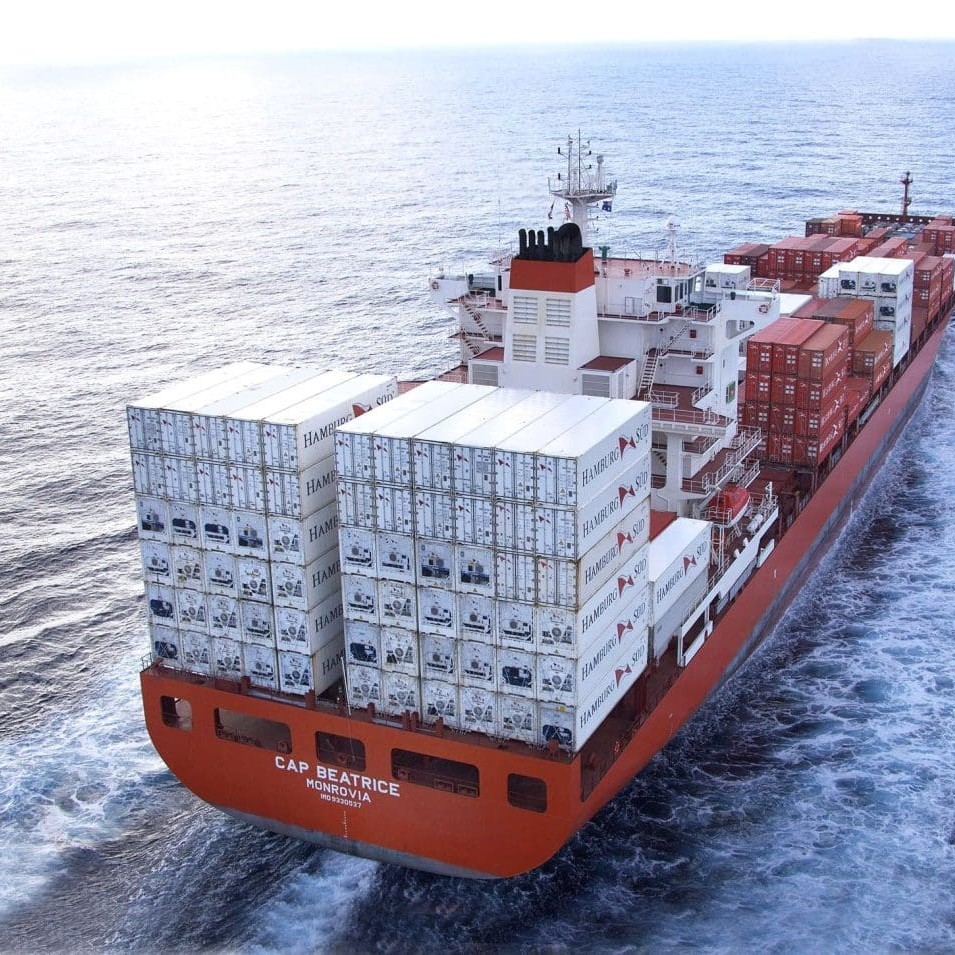 Australia faces no less than 650 technical market access barriers in its red meat trade around the world, beef producers were told recently.
Australia faces no less than 650 technical market access barriers in its red meat trade around the world, beef producers were told recently.
But while market access improvements can deliver significant shifts to the trading environment for Australia’s beef exports, it will continue to be a very slow process, Meat & Livestock Australia managing director Scott Hansen warned lotfeeders attending the BeefEx conference earlier this month.
He said market access would always shape Australia’s beef trade, continuing to favour markets like Japan, Korea and the US where Australia had good access, especially relative to other competing suppliers.
However access constraints would also continue to limit opportunities in other markets such as China, Russia, the EU, Indonesia and Egypt, regardless of the underlying demand for the product.
In Korea, trade access had turned from being an opportunity for Australia into being a challenge, following the successful conclusion in March this year of an FTA agreement between the US and Korea.
“As a result of that Australia is currently at a 2.7pc tariff disadvantage over our US competitors in the supply of beef to Korea,” Mr Hansen said.
“That process will continue to widen, reaching 5.3pc next year, until Australia is able to successfully conclude its own FTA with Korea. We see this as arguably the highest priority for the industry and the Australian Government in terms of trade reform over the next 12 months.”
Significant progress had been made in discussions with Korean authorities, and the beef industry was well served by a group led by (former ALFA president) Malcolm Foster, in terms of negotiating the required outcome for the Australian industry.
 The major sticking-point at present appeared to be the investor state dispute settlement provision in the FTA proposal, which basically allows a Korean firm to initiate dispute settlement proceedings against the Australian Government under international law in their own right.
The major sticking-point at present appeared to be the investor state dispute settlement provision in the FTA proposal, which basically allows a Korean firm to initiate dispute settlement proceedings against the Australian Government under international law in their own right.
“The bottom line is that Korea has this clause in all of its FTAs, while Australia has it in none. Some common ground or resolution needs to be found around this clause, before we get to a conclusion for this important agreement,” Mr Hansen said.
“Not only is it putting Australia at a disadvantage to the US on an increasing basis in terms of competitiveness into Korea, it continues to increase the cost of Australian beef to Korean consumers.”
Mr Hansen noted some ‘renewed vigour’ surrounding discussions over an FTA with Japan over the last couple of weeks.
“Discussions and negotiations have been going on with Japan now for six years,” he said, with dramatic vocal emphasis on the time-frame.
While discussions between Japanese and Australian trade authorities went into a hiatus following last year’s disastrous Earthquake/Tsunami/nuclear contamination, they had now recommenced, with both sides now recognising that it was time to move on.
“A 38.5pc tariff that currently exists into our single largest export market is a worthwhile goal for us to be putting our effort and attention into,” Mr Hansen said.
“Again, it is a top priority for both the Australian Government and the beef industry.”
He said another of the challenges faced by industry at the moment was that the rapid growth that was occurring in market opportunities was far and away happening in developing marketplaces, like the Middle East, Southeast Asia, and the Far-East, where both population and prosperity was growing fastest.
“Essentially, you have more consumers with more dollars in their pocket, able to buy beef as their protein of choice,” he said.
The challenge in these developing markets was often the technical market access barriers faced in trying to get product consistently into these destinations.
MLA had just completed a study of all the technical market access barriers faced by Australian exporters, in various markets. This list had identified no less than 650 such barriers.
The next stage of this work was going to be working out how Australia prioritised work on breaking-down these barriers.
“At the moment, when looking at how to try to resolve 650 such barriers, our Government-to-Government negotiators are torn between where their priorities need to be. We, as an industry, need to be able to identify clearly to them the potential dollar returns from attempting to rectify each of these trade impediments, so we can establish a solid list of priorities for the Australian beef industry in terms of resolving some of these technical market access barriers,” Mr Hansen said.
While it was largely government-to-government negotiations that resolved such issues, MLA’s role was to provide the R&D to deliver the evidence and scientific backing for Government arguments.
A good example was current circumstances in the emerging market of Egypt. Currently, Egyptian authorities had placed a 28-day shelf-life limit on Australia’s chilled vacuum-packaged product, placing Australia at a significant disadvantage.
“We know, from extensive work previously carried-out, that Australia’s processing and packaging technologies give us significantly longer shelf-life than what is currently being applied in Egypt, and this point is widely accepted in other major customer countries around the world,” Mr Hansen said.
MLA’s work in this area is focussing on conducting the additional research trials to be able to be able to have those relevant discussions with the Egyptian Government on a science-based footing, with the aim of getting that technical market access barrier removed.
- More on Korean trade access developments in coming issues.
